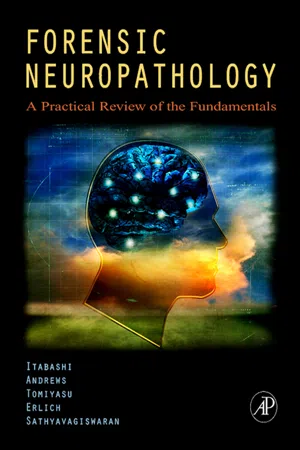
Forensic Neuropathology
A Practical Review of the Fundamentals
- 496 pages
- English
- ePUB (mobile friendly)
- Available on iOS & Android
Forensic Neuropathology
A Practical Review of the Fundamentals
About this book
Forensic Neuropathology provides superior visual examples of the more commonly encountered conditions in forensic neuropathology and answers questions that arise regarding neuropathological findings. The work includes values for frequently-encountered clinical assessments, and contains a more comprehensive summary of aging/dating of various neuropathological processes than is available in any other single current source. General pathology residents, forensic pathology and neuropathology fellows, and general pathologists and clinicians involved in referred cases will find this book extremely useful, as will individuals in allied fields such as law enforcement officers and attorneys.Forensic Neuropathology aims to: (1) provide a concise summary of practical information frequently needed in forensic neuropathology cases; (2) include selected material previously known but perhaps not significantly emphasized in current literature; and (3) where possible, to suggest aging/dating parameters for certain neuropathological findings relevant to forensic neuropathology testimony. As a selective reference, the volume emphasizes practical issues and focuses on the most commonly encountered issues among neuropathology and medical examiner professionals.- Over 800 high-quality full-color photographs, gross and microscopic as well as illustrative line drawings- Use of actual cases, briefly summarized and illustrated to emphasize key principles- Focuses on the most-commonly encountered cases as relate to forensic incident and covers these aspects in depth and detail
Frequently asked questions
- Essential is ideal for learners and professionals who enjoy exploring a wide range of subjects. Access the Essential Library with 800,000+ trusted titles and best-sellers across business, personal growth, and the humanities. Includes unlimited reading time and Standard Read Aloud voice.
- Complete: Perfect for advanced learners and researchers needing full, unrestricted access. Unlock 1.4M+ books across hundreds of subjects, including academic and specialized titles. The Complete Plan also includes advanced features like Premium Read Aloud and Research Assistant.
Please note we cannot support devices running on iOS 13 and Android 7 or earlier. Learn more about using the app.
Information
The Forensic Neuropathology Autopsy
I: Selected Gross and Microscopic Examination Considerations
Publisher Summary
Introduction
Decomposed Cases
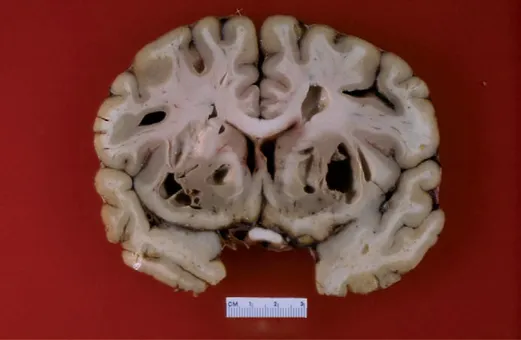
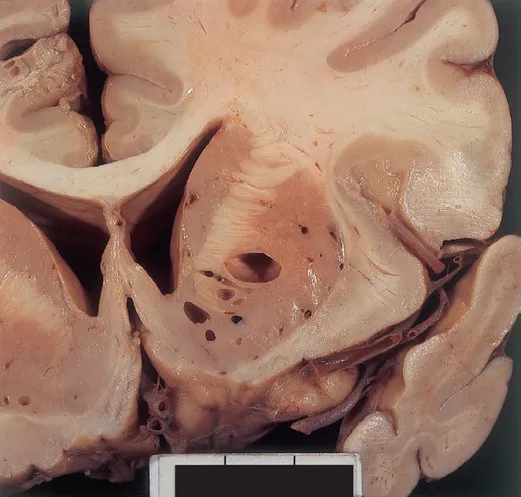
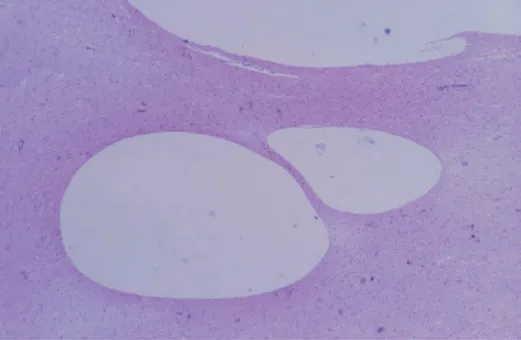

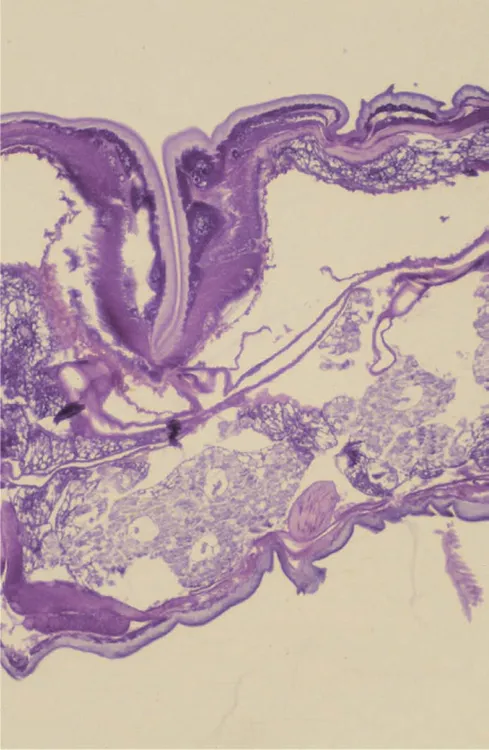
The Routine Forensic Neuropathology Autopsy
Table of contents
- Cover image
- Title page
- Table of Contents
- Preface
- Foreword
- Acknowledgments
- Chapter 1: The Forensic Neuropathology Autopsy: I: Selected Gross and Microscopic Examination Considerations
- Chapter 2: The Forensic Neuropathology Autopsy: II: Developmental Considerations
- Chapter 3: Dating/Aging of Common Lesions in Neuropathology
- Chapter 4: Neuropathology of pregnancy and delivery: Mother and child
- Chapter 5: Malformations and Other Congenital Central Nervous System Lesions
- Chapter 6: Blunt Force Head Injury
- Chapter 7: The Suspected Child Abuse Case
- Chapter 8: Injuries Due to Firearms and Other Missile-Launching Devices
- Chapter 9: Sudden Unexpected Death
- Chapter 10: Responses of the Central Nervous System to Acute Hypoxic-Ischemic Injury and Related Conditions
- Chapter 11: Vascular Diseases of the Central Nervous System
- Chapter 12: Infections of the Central Nervous System
- Chapter 13: Brain Tumors
- Chapter 14: Neurodegenerative Disorder
- Chapter 15: Demyelinating Disorders
- Chapter 16: Periprocedural Complications
- Chapter 17: Miscellaneous Topics
- Appendix A: Case Sources for Neuropathology Consultation
- Appendix B: The Glasgow Coma Scale
- Appendix C: The Apgar Score
- Appendix D: Intracranial Pressure Monitoring
- Appendix E: Legal Testimony
- Index